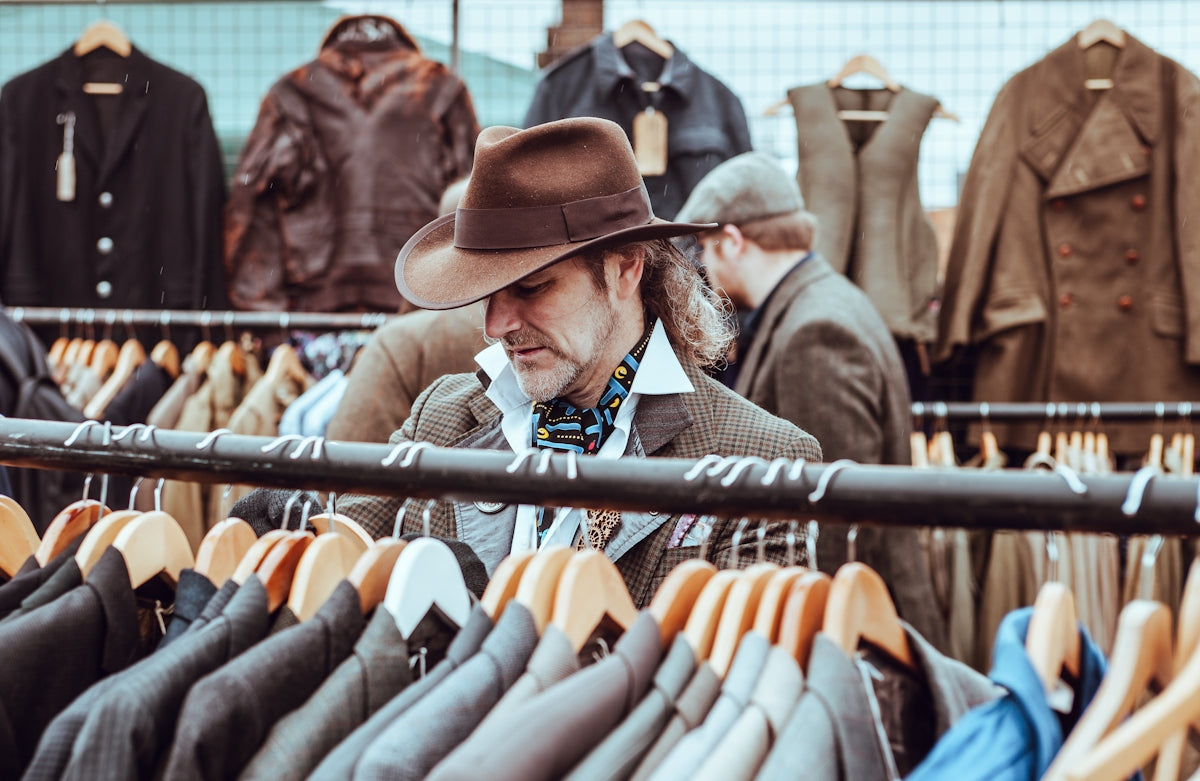Fashion is an ever-evolving tapestry, woven with influences from eras long gone. As we step out in our contemporary attire, often unbeknownst to us, we are carrying a piece of history—a nod to trends from decades or even centuries past. This exploration of vintage fashion trends will seep into the origins of some of today’s beloved styles and patterns that have seen a resurgence. Whether it’s the subtle charm of puffed sleeves or the bold statement of leopard prints, vintage fashion remains timeless, fascinating, and sometimes revolutionary.
The Renaissance of Vintage Fashion
Vintage fashion represents a revival of styles that resonate with the cultural, social, and economic climates of bygone eras. Not just museum artefacts, these styles hold a mirror to the past, echoing art movements, technological advancements, and sociopolitical changes that influenced what society wore.
The love for vintage fashion is evident in style choices like the Apricot Vintage Textured Puff Sleeve Mock Neck Top, which seamlessly integrates the romantic and sophisticated aesthetics of past eras with contemporary design. This blend of old and new offers us a flavor of nostalgia while keeping our wardrobes fresh and lively.
Victorian Influences
The Allure of Puff Sleeves
In the early 19th century, puff sleeves were all the rage, largely due to their appearance in Victorian fashion. These sleeves projected femininity and a certain air of nobility, creating silhouettes admired for their elegance. Today, we see the return of puff sleeves in many fashion pieces, their airy structure adding whimsy to classic apparel, much like the Apricot Vintage Textured Puff Sleeve Mock Neck Top.
Intricate Patterns and Romance
The Victorians were also known for detailed embroidery and intricate patterns. These elements symbolized wealth and sophistication in textiles—a form of art as much as clothing. Fast-forward to the modern era, and we see this charm reinterpreted in today's knitwear, such as the Flower Pattern Slouchy Sweater, which combines complexity and warmth, perfect for expressing personal style.
Roaring Twenties and Beyond
The 1920s marked a seismic shift in women's fashion, characterized by the flapper dress's liberation and a rejection of the restrictive corset. This decade was synonymous with innovation and breaking free from tradition.
Geometric and Bold Patterns
Art Deco's influence in fashion introduced bold geometric patterns and opulent styles. This era's bright, lavish designs have strutted back into modern fashion with pieces that play with structure and bold fabric combinations.
Glamorous Mid-Century
The Elegance of the New Look
The post-war period saw the advent of Dior's "New Look," which redefined women's fashion with its hourglass figures and opulent fabrics. Modern interpretations carry this legacy into today's fashion realm, allowing women to embrace elegance without sacrificing comfort.
Playing with Prints
The 1950s witnessed a flourish in playful prints, from polka dots to florals, influencing today’s fashion with vibrant patterns and textures. For example, the Green Leopard Print Bubble Sleeve Slit Neck Ruffled Dress, combines playful yet bold design elements reminiscent of the past in a contemporary silhouette, keeping it refreshingly chic.
Swinging Sixties and Seventies
The 1960s and 1970s were revolutionary in style. Distinctive silhouettes and bright, unruly patterns formed the bedrock of these decades, contributing significantly to today's retro styles.
Bold and Beautiful Patterns
Leopard prints, once considered exotic, have become a staple of rebellious fashion statements. The bohemian flair and the quest for natural and free-spirited motifs severely influenced modern animal prints, such as those found in the Leopard Patchwork Oversized Blouse. The pattern symbolizes confidence and daring, typical of the fashion rebelliousness prevalent in this era.
The Exuberance of Eighties
An Era of Exaggeration
The 1980s symbolized excess and flamboyance. With bold shoulder pads, bright colors, and dynamic prints, fashion of the eighties embraced the dramatic. It's no wonder this era continues to inspire contemporary styles, especially with eclectic combinations that celebrate individuality.
Street Style Genesis
Street fashion first surfaced as a legitimate fashion trend in the 1980s, asserting personal style and rebellion. Echoed today in oversized, slouchy garments, such as the Camel Flower Slouchy Sweater, these styles continue to appeal to our natural desire for comfort intertwined with bold personal expression.
Conclusion
Vintage fashion trends resonate with so many, not just for their aesthetic appeal but also for the stories they tell about our past. Each piece is a historical narrative, a glimpse into cultures that continue to influence contemporary styles. With designers drawing on these influences, our modern wardrobe becomes a testament to fashion’s enduring legacy.
In celebrating these trends, places like Fashion Fitz offer curated selections that merge vintage elements with modern-day sensibilities, allowing us to walk in step with history while curating our individual styles. As you delve into the world of vintage-inspired fashion, consider how these influences shape not just what you wear, but how you express yourself to the world.
Explore more vintage-inspired fashion on Fashion Fitz and let the timeless allure of past eras inspire your wardrobe today.






0 comments